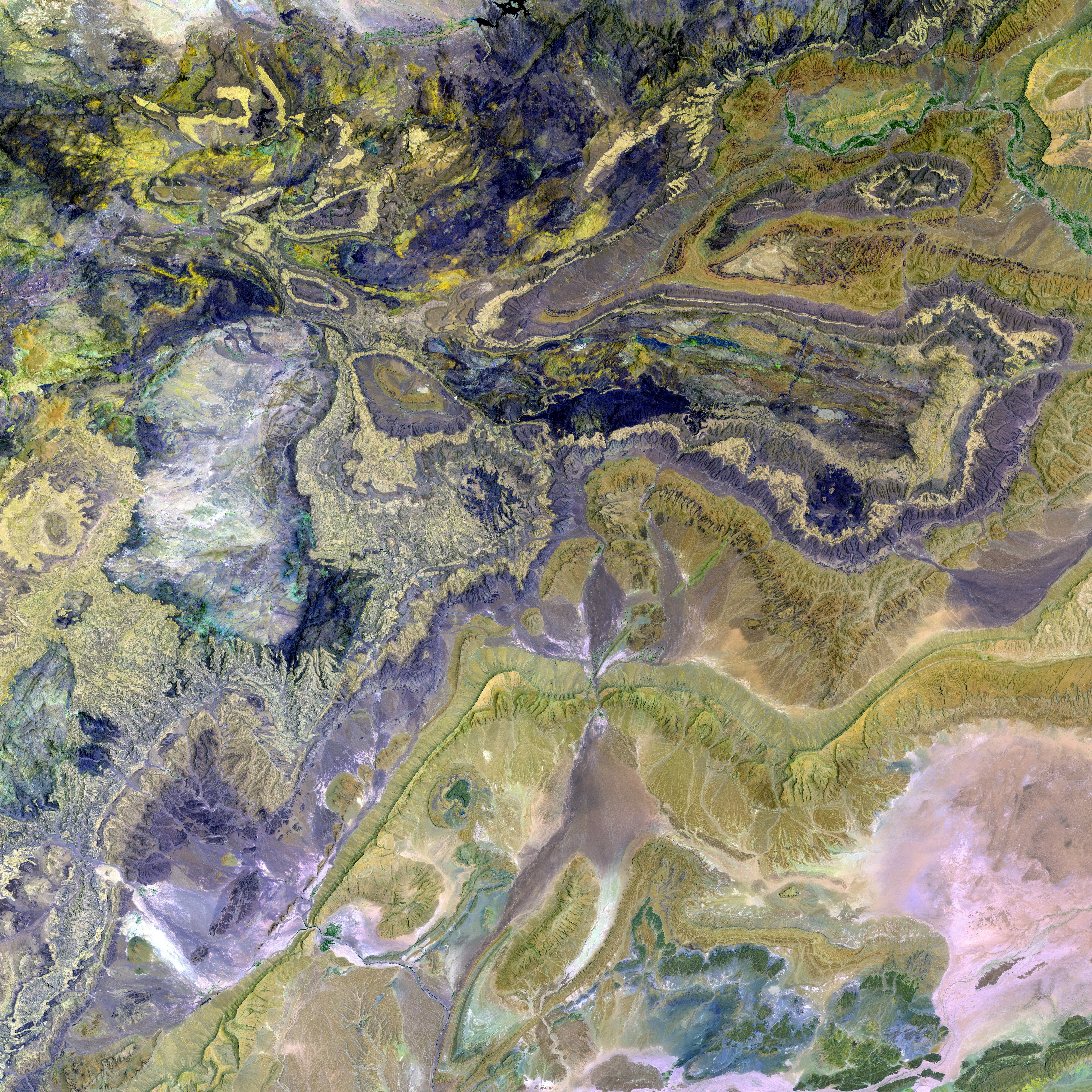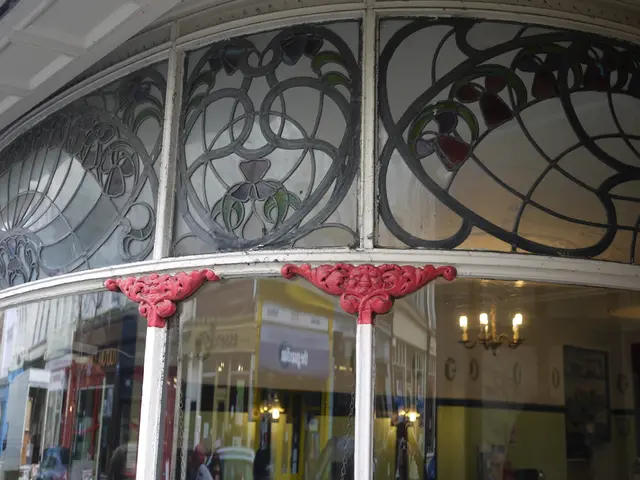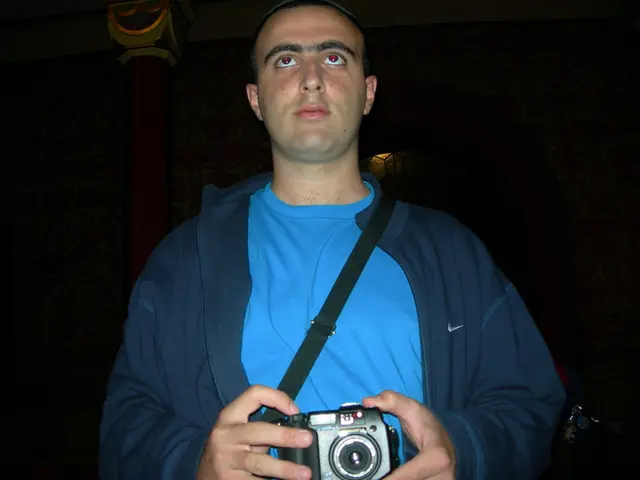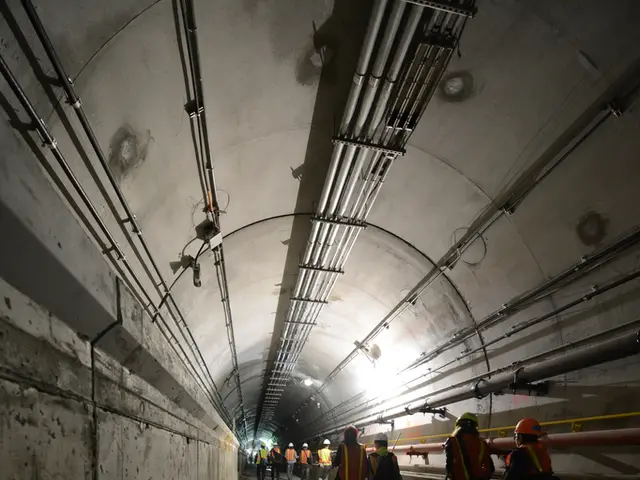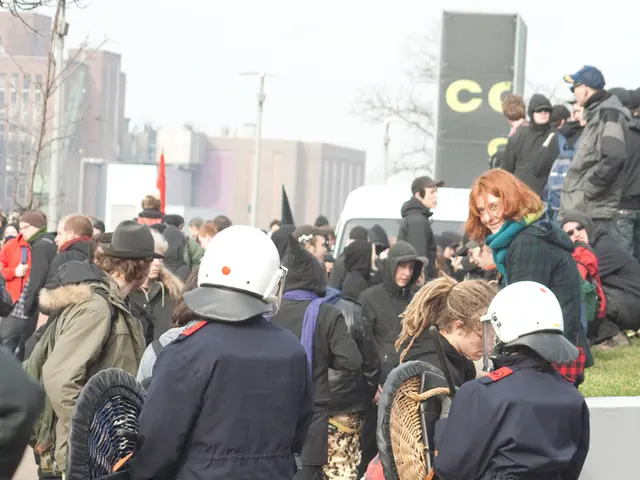Read: *BRICS and Friends Rallying for Closer Ties and NDB Expansion*
BRICS foreign ministers promise enhancement of New Development Bank development
The BRICS foreign ministers - Brazil, Russia, India, China, and South Africa - have emphasized the importance of strengthening their New Development Bank (NDB) as they gather in Cape Town. The Russian Foreign Ministry, in a statement on their website, noted the ministers' agreement to uphold the sustainability of the NDB, established in 2015, to fund infrastructure and sustainable development projects in their respective countries.
The Ministers' joint statement comes after a two-day meeting, which also included an expanded gathering of 12 developing countries - the BRICS' "friends," including Argentina, Bangladesh, Gabon, Democratic Republic of Congo, Egypt, Indonesia, Iran, Kazakhstan, Comoros, Cuba, the UAE, and Saudi Arabia.
Aside from the main meeting, Russian Foreign Minister, Sergey Lavrov, held a series of bilateral discussions with his counterparts from Iran, Brazil, the UAE, and Saudi Arabia to foster mutually beneficial trade and economic cooperation.
The NDB: Stepping Up Its Game
First and foremost, the NDB is working tirelessly to expand its role by financing infrastructure and sustainable development projects in not only BRICS but also other emerging economies. Recently, the NDB granted a loan for the City Bank Sustainable Infrastructure Project in Bangladesh, supporting initiatives in clean energy, energy efficiency, digital infrastructure, and e-mobility.
The NDB has also been diversifying its funding sources through local currency-denominated bond issuances, like the CNY 7 billion Panda Bond. This not only strengthens the bank's position in the China Interbank Bond Market but also allows it to finance similar projects across its member countries. Furthermore, the NDB collaborates with institutions like the Asian Infrastructure Investment Bank (AIIB) to co-finance projects, enhancing its ability to provide comprehensive support for sustainable infrastructure projects.
A Greater BRICS: Engaging a Broader Community
As the BRICS continues to expand (with 24 countries applying to join in 2025), so does the NDB's potential for increased operational scope and engagement with a more diverse group of countries. This expansion could lead to increased investment flows and project financing across a larger global footprint. The NDB is also focusing on improving support for Micro, Small, and Medium-Sized Enterprises (MSMEs) by leveraging digital tools and existing infrastructure to integrate them in the global market.
A Sustainable Future for the NDB
The BRICS nations seek to strengthen cooperation in the international monetary system, develop more efficient payment systems, and improve interconnectivity of supply chains and payment systems. By doing so, they aim to facilitate faster, safer, and more efficient cross-border transactions while minimizing trade barriers and promoting economic development. The future of the NDB within the BRICS bloc and its expansion looks promising, focusing on sustainable development, financial diversification, and strategic partnerships to enhance economic growth and interconnectivity.
- The joint statement from the BRICS foreign ministers emphasizes the need to strengthen the role of the New Development Bank (NDB), particularly in funding infrastructure and sustainable development projects in both BRICS and other developing countries.
- The Russian Foreign Ministry reported that the ministers agreed to uphold the sustainability of the NDB, established in 2015, during a two-day meeting with 12 developing countries, including Egypt, Indonesia, Iran, Saudi Arabia, and others.
- In addition to the main meeting, Russia's Foreign Minister, Sergey Lavrov, held bilateral discussions with his counterparts from Iran, Brazil, the UAE, and Saudi Arabia to foster beneficial trade and economic cooperation.
- Recent developments at the NDB include a loan granted for the City Bank Sustainable Infrastructure Project in Bangladesh and diversifying funding sources through local currency-denominated bond issuances, such as the CNY 7 billion Panda Bond.
- The NDB collaborates with institutions like the Asian Infrastructure Investment Bank (AIIB) to co-finance projects, which enhances its ability to provide comprehensive support for sustainable infrastructure projects.
- As the BRICS expands, so does the NDB's potential for increased operational scope, engagement with a more diverse group of countries, and increased investment flows and project financing across a larger global footprint.
- The NDB is also focusing on improving support for Micro, Small, and Medium-Sized Enterprises (MSMEs) by leveraging digital tools and existing infrastructure to integrate them in the global market.
- The BRICS nations aim to strengthen cooperation in the international monetary system, develop more efficient payment systems, and improve interconnectivity of supply chains and payment systems to facilitate faster, safer, and more efficient cross-border transactions.
- By minimizing trade barriers and promoting economic development, the future of the NDB within the BRICS bloc and its expansion looks promising, focusing on sustainable development, financial diversification, and strategic partnerships.
- The engagement of countries like Iran, Saudi Arabia, and others in the BRICS' discussions highlights the potential for developing beneficial relationships and fostering more integrated global business and finance industries.
